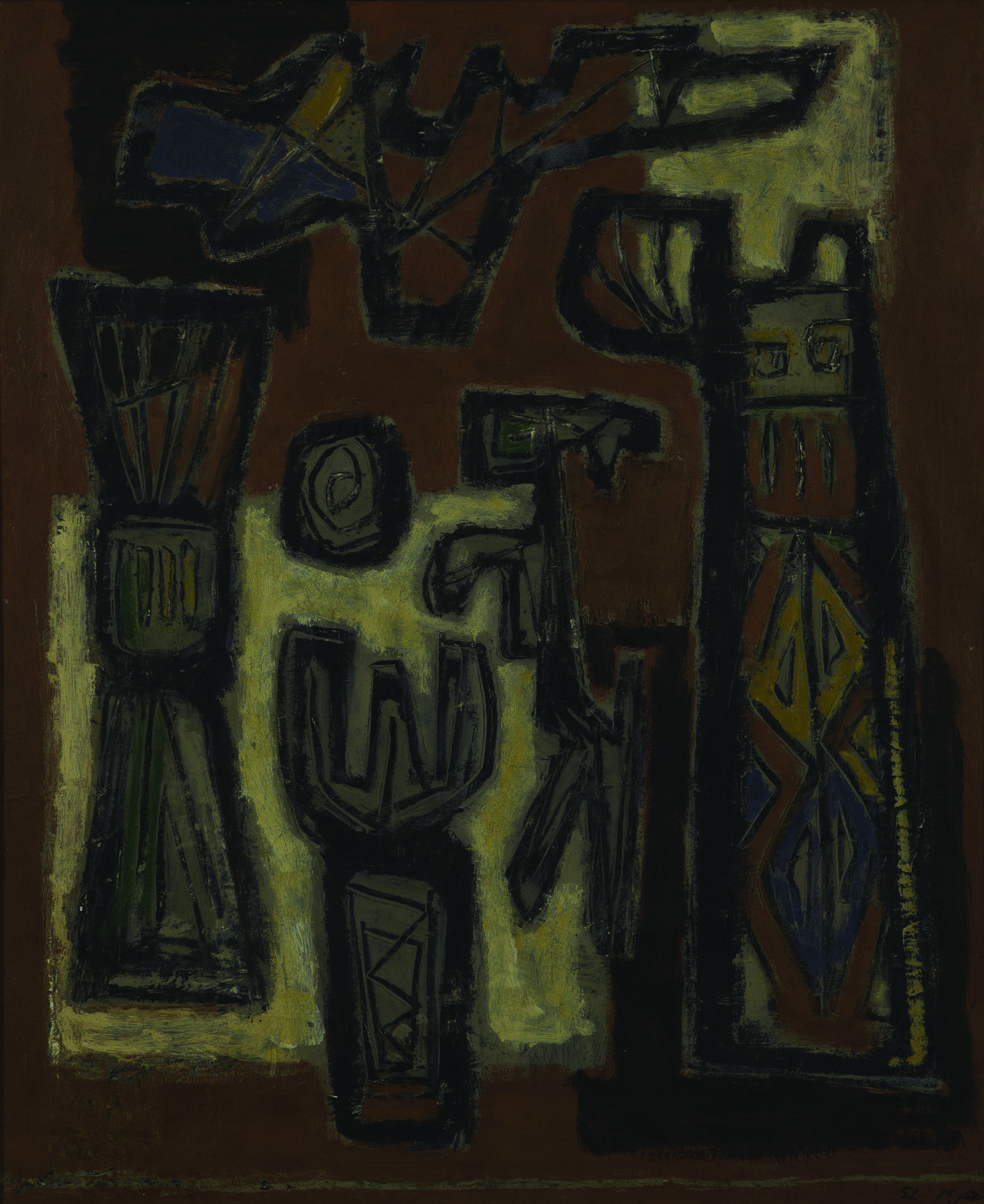The Binding of Isaac
Aharon Kahana
1952
The Binding of Isaac was painted at a time when Aharon Kahana was developing a new style that favored abstract forms divided by thick lines. His paintings were both an embrace of modern European art and a turn away from it, an attempt to forge a new Israeli art. Kahana and others in the New Horizons art movement drew inspiration from ancient myths and pagan imagery and what they saw as indigenous, Canaanite culture. Known for his paintings with biblical themes, Kahana returned to the subject of Abraham and Isaac a couple of years later in 1954 with a large ceramic wall mural, Sacrifice of Isaac, on the campus of Hebrew University in Jerusalem in Givat Ram.
Credits
Published in: The Posen Library of Jewish Culture and Civilization, vol. 9.
You may also like
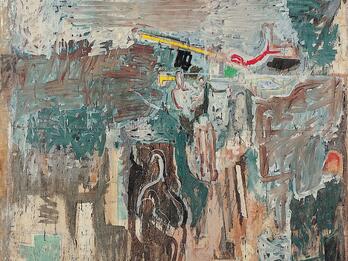
Yehiam (Life in a Kibbutz)

And the Bush Was Not Consumed
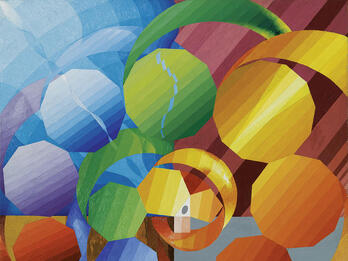
Symphonie Vitale
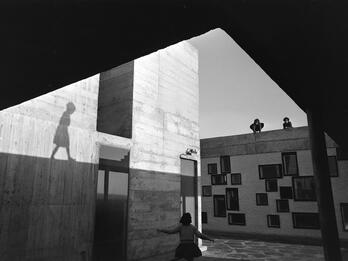
L’Unité d’habitation à Nantes-Rezé
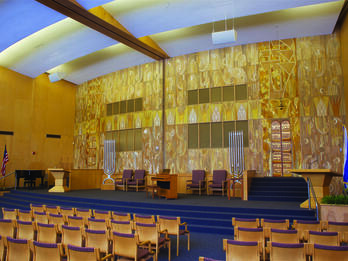
Temple Emanuel Sanctuary Wall (Grand Rapids, Michigan)
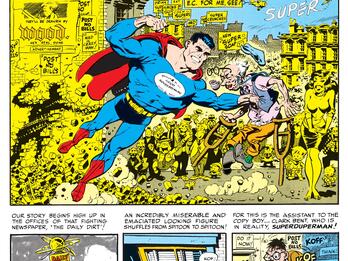
“Superduperman,” Mad #4
Related Guide
Visual and Material Culture in the Mid-Twentieth Century
Jewish visual art flourished and diversified in the postwar period, reflecting the social and political transformations taking place in the world.
Creator Bio
Aharon Kahana
Born in Stuttgart, Germany, Aharon Kahana was an Israeli painter known for his work with the New Horizons group. Kahana showed an early mastery of abstraction, studying ceramics in Stuttgart before traveling to Berlin and Paris. In 1934, Kahana immigrated to Palestine, where he painted in a realist manner until 1943. In the 1950s, he developed his signature style: biblical content depicted in geometric forms with sharp defining lines. He also decorated public walls using ceramic techniques. In the 1960s, Kahana helped to found New Horizons and his style shifted to pop art, in harmony with the group’s vision. Kahana’s final works display a softer, more fluid line, more personal expression, and a reembrace of the classical female nude. Kahana died in Paris of a heart attack during the Six-Day War.
You may also like

Yehiam (Life in a Kibbutz)

And the Bush Was Not Consumed

Symphonie Vitale

L’Unité d’habitation à Nantes-Rezé

Temple Emanuel Sanctuary Wall (Grand Rapids, Michigan)



